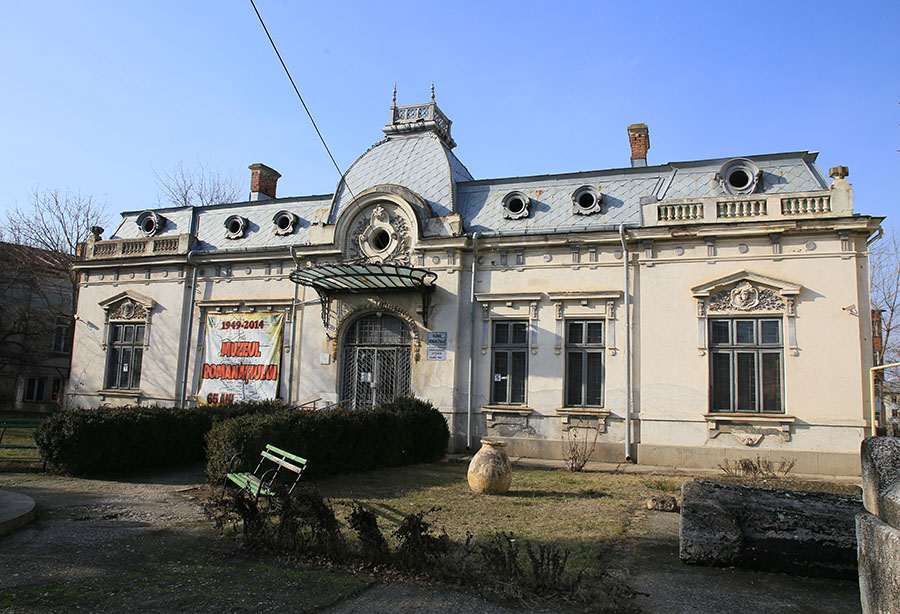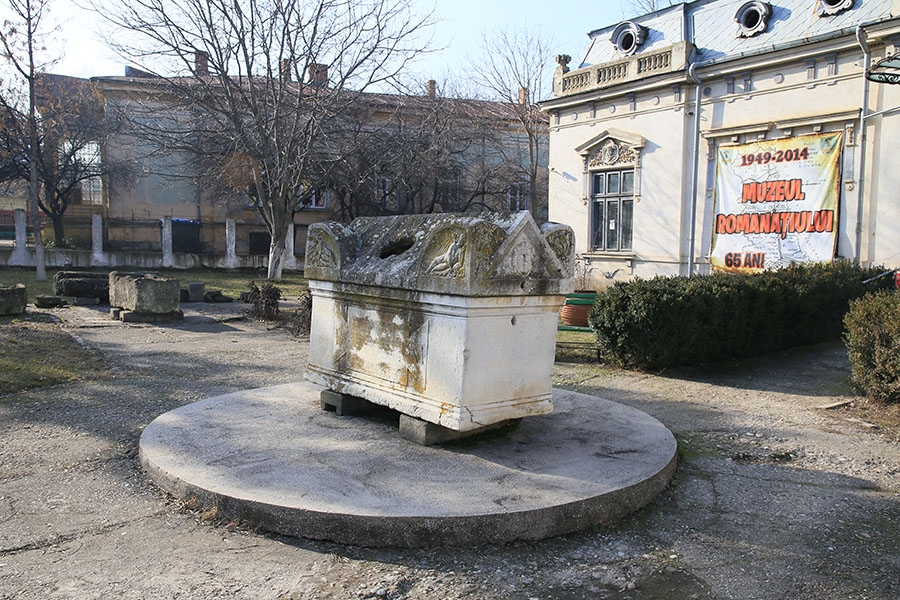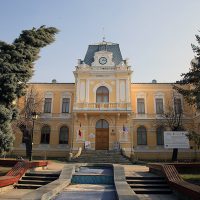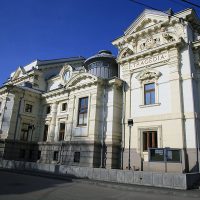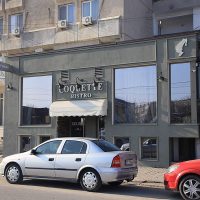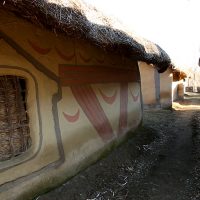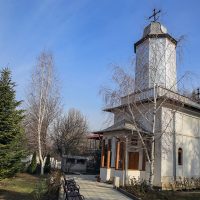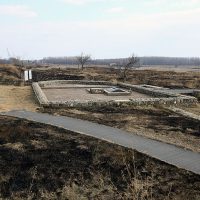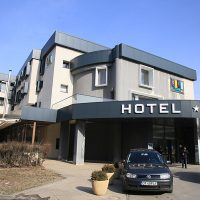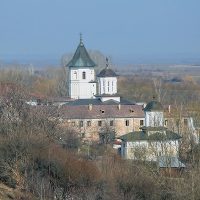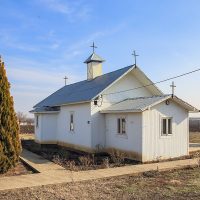








The Caracal Museum bears the old name of the region, namely the Romanati. The idea of setting up a museum in the locality appeared at the beginning of the 20th century, when Ion Hagiescu Miriște, a great magistrate of the time, originally from Caracal, bought a building in 1900, with the purpose of arranging a space for exhibiting here paintings and sculptures. At his death in 1922, this great man of culture and art lover left by his will the wealth of the district of Romanați, in order to promote and support the fine arts by setting up a museum. Unfortunately, his wish could not be realized due to the lack of interest of the local authorities, and his heirs sold the vast majority of the artworks collected by the deceased. It was only in 1949, on September 26, that the Museum of the Romanati was truly established, arranged in a building in the center of the town, and initially had 2 sections, one of history and one of arts. In 1950 the museum was moved to another, much more generous building, with 23 rooms. Today the museum has 4 main sections: the archeology-history section, the Iancu Jianu memorial section, the arts section and the ethnography section. Its collections are impressive, for example the history section contains over 20,000 pieces of invaluable value, some with an age of over 6,000 years, as well as many objects of Roman origin, originating from the settlement with the name Romula, near today’s town of Caracal. Roman statues and sarcophagi are grouped in a lapidarium, which comprises over 20 pieces. The art section comprises a collection of over 500 paintings and other works of art, and the collection of Roman gemstones and semiprecious stones is the fifth largest in the world.
Download PDF